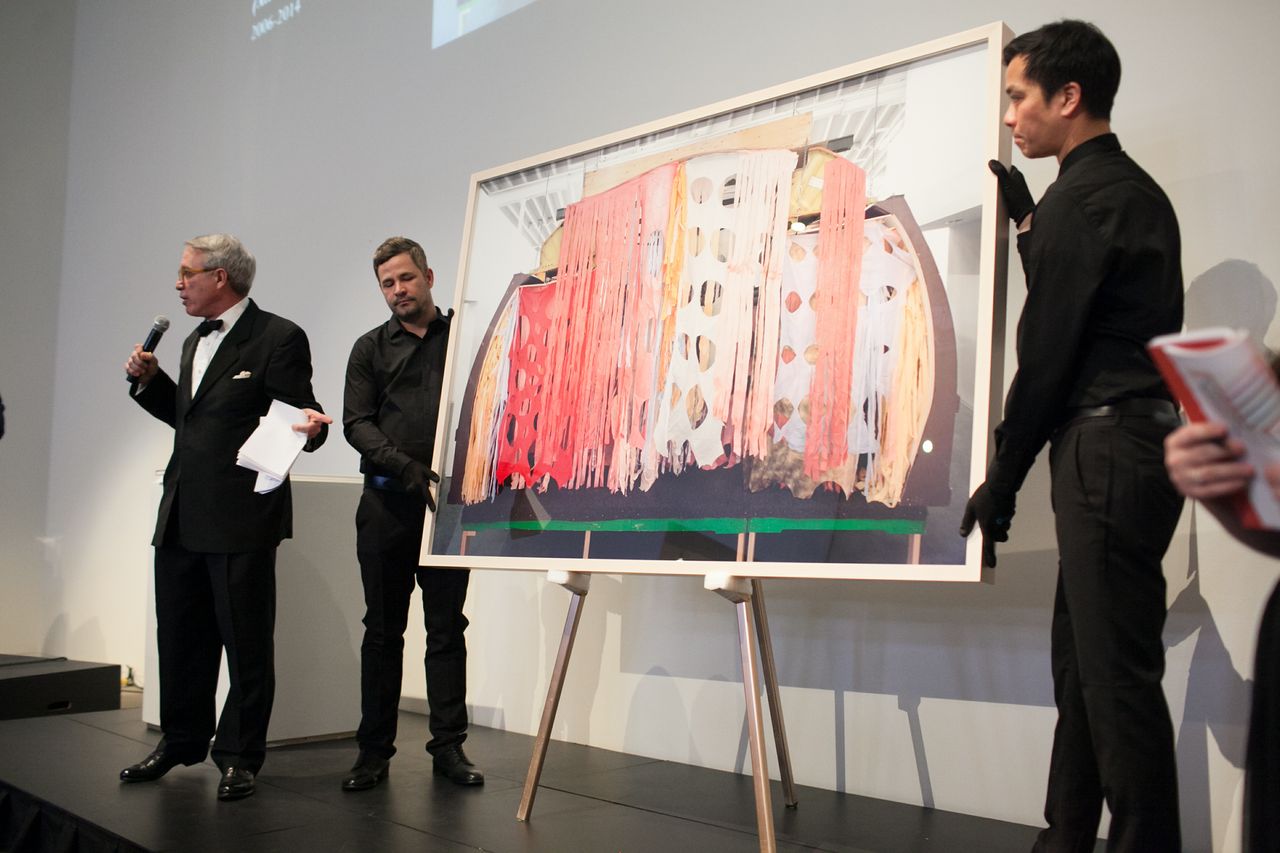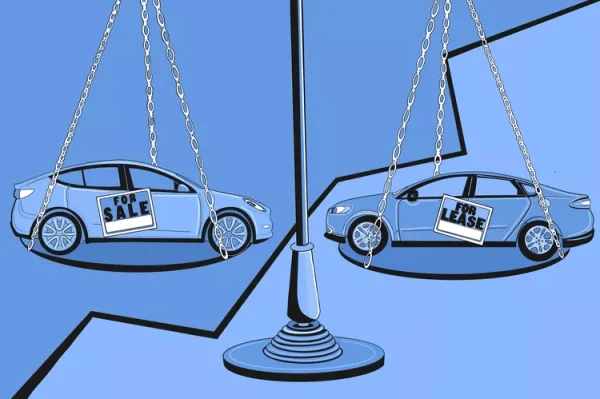The Rigged Market of Selling and Buying Art
Beauty may be in the eye of the beholder, but what force determines the worth of art? The process of pricing a piece may confuse those who are not involved in the art market. Therefore, it is understandable that the biggest area of concern lies in the value of art, and whether the financial benefits directed to the art galleries are fair.
The truth is that art galleries are in control when it comes to price manipulation, and the galleries’ main focus revolves around the buyer who is purchasing and the highest price the piece can sell for. While an artist is featured in a gallery, it is important for them to keep a respectable price for their art or else no one will purchase it. If the price is too high, it is unethical to lower it and in this process, the galleries will drop the artist completely.
What a piece of art provides is also an important key to how it is priced; for example, the color red is worth more than other colors, and polka dots automatically increase the value of the work. Cheyenne Westphal, chairman of Contemporary Art Europe at Sotheby’s, said, “The power of red is extraordinary. We have a succession of amazing works coming up, all complete fresh to the market.”
Interlocked with color and pattern is the imagery, and artists that push the boundaries of what is comfortable play a key role in history and are sought after by collectors. Each collector has a unique perspective and social benefit, as does the gallery manipulating the price.
These processes are how the markets of America and Europe operate with their pricing and auctions. On the other hand, the Chinese market lies on a different spectrum. Around 50 percent of primary art sales take place at auctions in China, where prices are more observable and are set by the market instead of by a gallery. But from the opinion of many, rigging the price of art is extremely common, and China’s market is left behind to plummet. But as seen earlier this year, the Chinese art market is beginning to build itself back up. “More money is trapped in China. It is very likely that some of that money will go into the art market,” Guo Tong, Vice President at China Guardian Auctions, said.
It is the approval of galleries and museums that determines the value of art. It is currently normalized with the heavy investment in art and its prices. The collectors in this process are usually very wealthy, and paying too much for a work of art isn’t the worst injustice in the world. In the words of famed artist James Whistler, “An artist is not paid for his labor but for his vision.”











